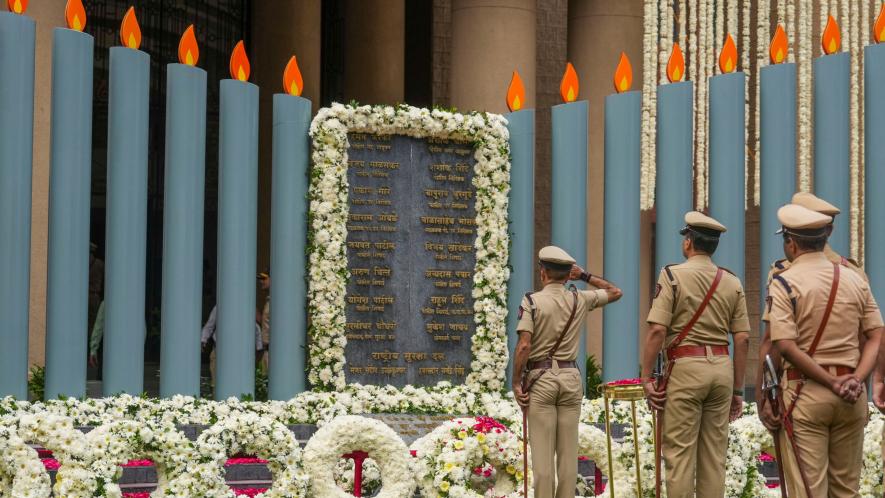Albania to create world’s smallest sovereign state for Bektashi order
Albania is planning to create a sovereign microstate for the Bektashi Order, a Sufi Muslim sect, within its capital Tirana, Prime Minister Edi Rama confirmed in a speech to the UN General Assembly on September 22.
The new state will be modelled on the Vatican City in Rome. The plan for the Bektashi microstate reflects Albania’s broader aim of promoting peaceful religious coexistence both at home and abroad.
The new state, which would occupy a 10-hectare parcel of land — about one-quarter of the size of Vatican City — would have its own administration, passports and borders, according to media reports. It will follow the religious practices of the Bektashi Order, a Shiite Sufi group founded in 13th-century Turkey.
While specifics on the granting of sovereignty remain unclear, Bektashi leaders have expressed enthusiasm for the project.
In his speech to the UNGA, Rama spoke of Albania’s historical role in fostering religious tolerance, citing examples from World War II and the recent Taliban takeover in Afghanistan, according to a transcript published by the government.
“While Albania may be a small country, it has given the world good examples, which has been taken to protect our common humanity,” Rama said, referencing Albania’s protection of Jewish refugees during the Holocaust. “The Jewish community grew 20-fold during the Holocaust thanks to Muslim and Christian families who protected them from the Nazis.”
Rama also pointed to Albania’s recent sheltering of Afghans following the Taliban's return to power, calling it an example of the country’s commitment to protecting the vulnerable: “After the devastation of the fall of Kabul to the Taliban three years ago, we sheltered several thousand Afghans who would otherwise have ended up in the ninth circle of Hell!”
The Bektashi Order has a long history within Albania, having gained prominence in the 15th century through its influence on the Janissary Corps, the elite soldiers of the Ottoman sultan. The order was later banned in Turkey during the secular reforms of Mustafa Kemal Atatürk, and many of its members relocated to Albania, where it has since thrived.
Nearly half of Albania’s population identifies as Muslim, but the country has significant Catholic and Orthodox Christian minorities.
The Bektashi Order accounts for about 10% of Albania’s Muslim population. It is known for its progressive values, including allowing alcohol consumption, permitting women to dress freely, and eschewing strict lifestyle rules.
The creation of the new microstate is seen as a continuation of Albania’s tradition of religious tolerance, which is central to its national identity.
“Albania … gave the world the youngest saint, Mother Teresa, whose life embodied love for humanity,” Rama said. “It reminded us that not all of us can do big things, but we can do small things with great love. This is the principle on which Albania stands… this is the source of our inspiration, to support the transformation of the center of the Bektashi World Order into a sovereign state within our capital, Tirana.”
The Bektashi leadership, led by Baba Mondi, the order's head, would oversee both religious and administrative functions of the state, with citizenship limited to senior religious figures. The order envisions the microstate as a spiritual and administrative hub, operating independently of the Albanian government.








 C
C

